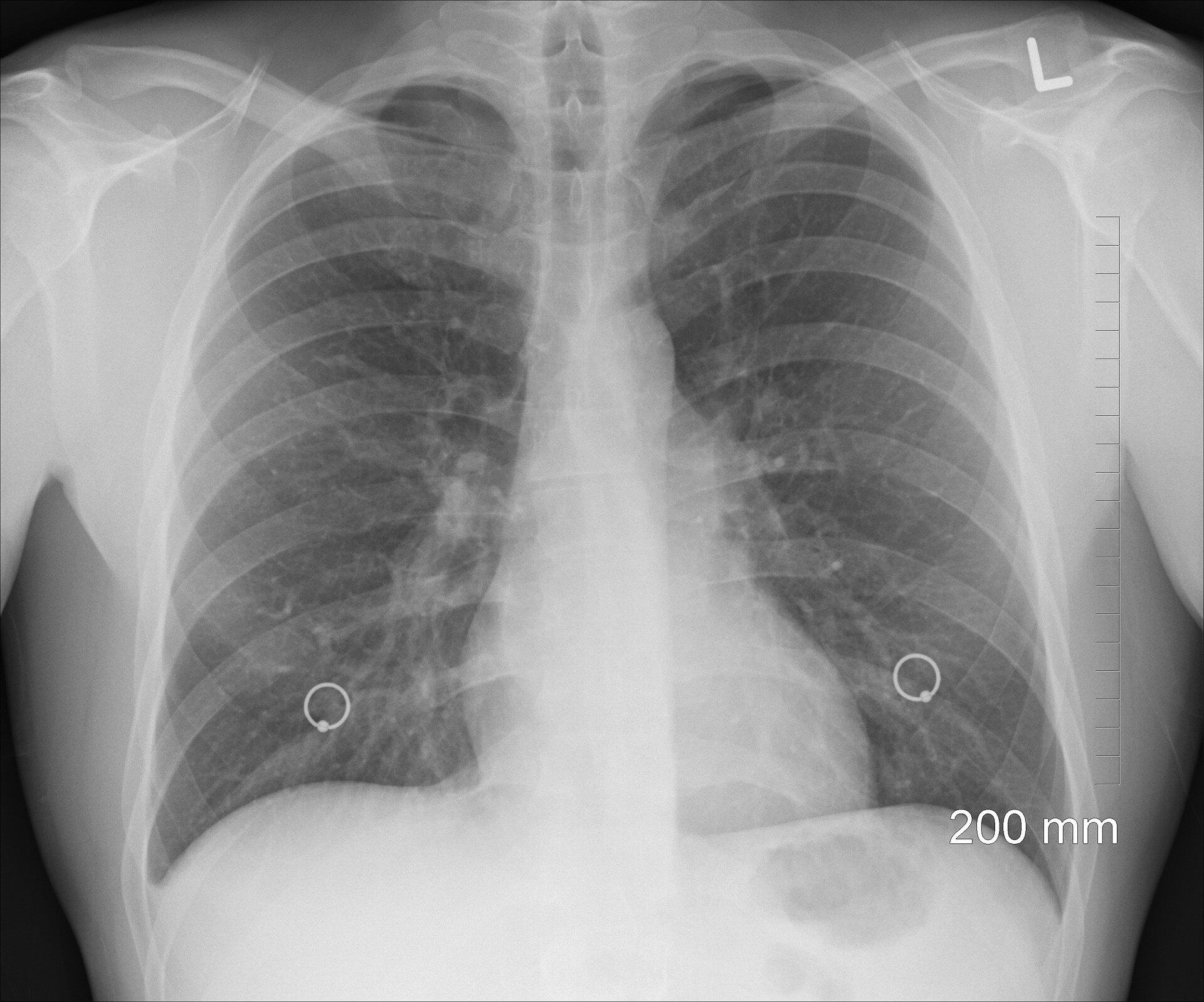#New review explores effective sampling techniques for collecting airborne viruses and ultrafine particles

“#New review explores effective sampling techniques for collecting airborne viruses and ultrafine particles”

As the world continues to grapple with the COVID-19 pandemic, an international team of researchers have published a review of the best techniques to collect airborne aerosols containing viruses.
In the review, which was published by the Science of the Total Environment journal, a team led by the University of Surrey concluded that the most effective way to collect and detect airborne pathogens, particularly viruses, was to use cyclone sampling techniques.
For example, the sampler draws the air through the cyclone separator. It then uses centrifugal forces to collect the particles on a sterile cone containing the liquid collection vessel, such as DMEM (Dulbecco’s minimal essential medium). The collected sample can then be readily used for any analysis for virus detection.
The research team hope that this wide-ranging review can serve as an information hub packed with the best methods and samplers involved in airborne virus collection.
The study is part of the INHALE project—an EPSRC funded project that aims to assess air pollution’s impact on personal health in urban environments. The project involves Imperial College London, the University of Surrey and the University of Edinburgh.
The INHALE team also reviewed effective techniques for capturing fine (PM2.5) and ultrafine (PM0.1) particles to understand their toxicity and their role on reactive oxygen species in cells, their elemental composition and carbon content. The team also set out to find the best solution to prevent samples from being destroyed, a common problem found in toxicological experiments that makes large sample collection challenging. The study concluded that Harvard impactor samplers could be used for both indoor and outdoor environments to effectively collect these fine and ultrafine samples.
Professor Prashant Kumar, lead author of the study and Founding Director of the Global Centre for Clean Air Research at the University of Surrey, said: “The scientific community will have to become more efficient and resourceful if we are to overcome foes such as airborne viruses and air pollution. Knowing the right tools to use—as well as how and where to use them—is crucial in our ongoing fight to make the air we breathe cleaner and safer for all.”
Professor Fan Chung, co-lead of INHALE from Imperial College London, said: “I am pleased that this timely review found support for the techniques that have been adopted in the INHALE research program. The collection of ultrafine particles is of particular importance because of the commonly found difficulties of collecting enough for toxicity studies. Ultimately, the success of INHALE will depend on the ability to capture enough of these fine and ultrafine particles as far as possible in their natural state.”
Professor Chris Pain, co-lead of INHALE from Imperial College London, said: “Understanding the application of these sampling techniques is hugely important for environmental and health research in general and for the INHALE project itself, particularly concerning collecting ultra-fine particles.”
Prashant Kumar et al. An overview of methods of fine and ultrafine particle collection for physicochemical characterisation and toxicity assessments, Science of The Total Environment (2020). DOI: 10.1016/j.scitotenv.2020.143553
Citation:
New review explores effective sampling techniques for collecting airborne viruses and ultrafine particles (2021, March 12)
retrieved 13 March 2021
from https://phys.org/news/2021-03-explores-effective-sampling-techniques-airborne.html
This document is subject to copyright. Apart from any fair dealing for the purpose of private study or research, no
part may be reproduced without the written permission. The content is provided for information purposes only.
If you liked the article, do not forget to share it with your friends. Follow us on Google News too, click on the star and choose us from your favorites.
For forums sites go to Forum.BuradaBiliyorum.Com
If you want to read more Like this articles, you can visit our Science category.



